If someone asked me what summer smells like, I would probably answer: elderflowers!
Its distinctive sweet, vanilla flavour announces the imminent arrival of summer, and you can harvest these beautiful and medicinal blossoms for the past few weeks, at least here in Belgium.
I don’t want you to miss another season without savouring them, so today I’ll share a couple of recipes with you so you can learn how to make delicious culinary creations.
I’ve always been interested in etymology and learning about the origin of certain words. In the world of plants there are many oddities that often refer to the different characteristics of plants.
- The Latin name of elderberry is Sambucus nigra:
– Sambucus comes from the Greek word sambuke, meaning flute. In fact, the branches of this plant were used to make flutes since it has a soft spongy pith in the centre that can be easily crushed. The Romans manufactured an instrument similar to a harp called a sambuco.
– nigra means black in Latin, as its berries are practically this colour.
- In Old English, the word “elder” comes from the word “aeld,” meaning stoke, referring to its branches that formerly served to stoke the fire in homes.
- Elderberry is a shrub of which remains were found from the Neolithic times, and which was sacred to many cultures, and damnation to others.
- It was also known by the Incas, who called it “plant to forget” after a popular legend in which a girl had to get married to someone she didn’t love. In order make her forget wither true love, her parent gave her a beverage made of elderberry.
- According to Christian tradition, Judas hanged himself from the elderberry tree, and from its wood, Jesus Christ’s cross was made. Therefore, it has been linked to death and shame, and is considered a damned tree.
- In medieval Spain, the berries were called “witch grapes” for its strong and pungent odour, and even Shakespeare came to call it “stinking elder.”
Maybe my sense of smell is not working so well, but I love its aroma.
I will save you the botanical details, but if you are interested, find more information here.
And now, let’s get to the point.
The elderberry, which has been used since ancient times for its medicinal properties, is a plant that has no waste. Traditionally, the seeds, leaves, and bark were taken internally, but due to its high alkaloid content, it can be poisonous if you don’t know how to use it. Avoiding these parts is the safest way to go.
I recommend using only the flowers and ripe berries (the greens are toxic) for medicinal, cosmetic, and culinary purposes.
In today’s post, I’ll talk about the flowers, because it’s time to harvest them.
Elderflower
In addition to being beautiful and delicate, elderflowers are antiviral, immune-stimulating, and are commonly used for treating upper respiratory infections such as the flu and common colds.
When taken hot, the classic preparation is the infusion or tea (1 tablespoon of flowers per cup of hot water at 90 °C), and it will help sweat out a cold or a fever.
When taken cold, the tea is diuretic.
The infusion of elderflower is a valuable tonic on a cosmetic level, which leaves the skin clean and treats acne and eczema.
You can even put a bunch of blossoms directly in hot water, and let them stand for a few minutes.
Another cosmetic trick that I love is covering my freshly washed face with the pollen. It leaves the skin very smooth. Try it out!
But in my opinion, the culinary uses are the least known facet of elderberry, so let’s go to the kitchen and try some recipes!
Elderflower Syrup
- Fill a glass jar with unwashed elderflowers, (in order to save its precious pollen, make sure that there are no insects or dry branches), and 1 organic sliced lemon per litre cold water.
- Leave it to infuse for 24 hours in a warm place like the sill of the window.
- Filter.
- Put the liquid in a saucepan. For every litre of liquid, add half a cup of cane sugar or honey, in this case 500g. Stir constantly over gentle heat until it has completely dissolved.
- Add the juice of 1 lemon.
- Pour it into a glass jar top and close.
Elderflower Champagne
- Serve a drizzle of elderflower syrup in a glass, and fill it with very cold champagne, cava or sparkling wine.
I love it!
Elderflower Soft Drink for Kids (and kids at heart)
- Same operation as above, but instead of using alcoholic beverages, fill in the glasses with cold sparkling or still water and add a couple of ice cubes if preferred.
Elderflower Vinegar
- Infuse a bunch of flowers in a clean jar filled with apple cider vinegar.
- Filter it after a week, and bottle it. You will be amazed at the flavour that it brings to your salads!
Elderflower Milk
- Infuse a bunch of flowers in 1 litre of almond milk (or any other vegetable milk you like).
- Filter it after 24 hours.
- Add a little stevia extract or unrefined honey to taste if you like it sweet!
- Serve very cold.
Now it’s your turn.
What do you know about the elderberry tree? Have you already harvested the flowers? Any recipes to share?
A hug,

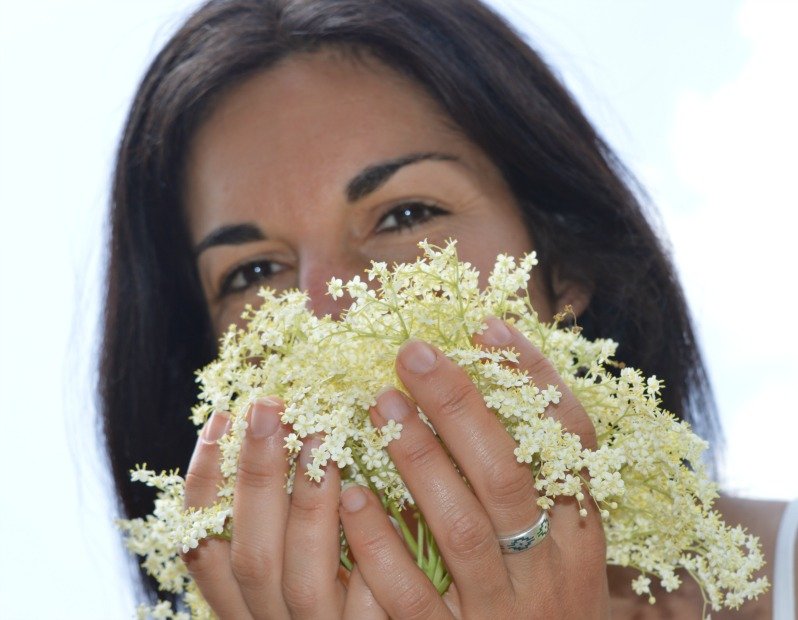
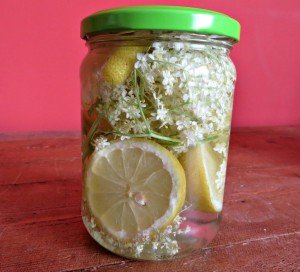

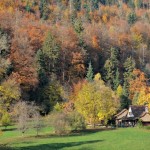
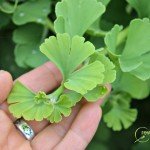



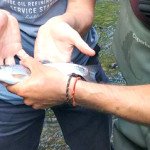
Recent comments